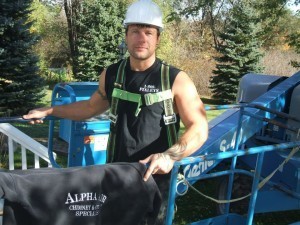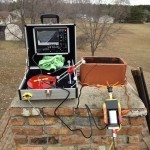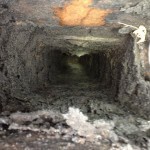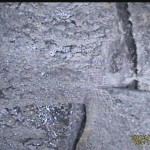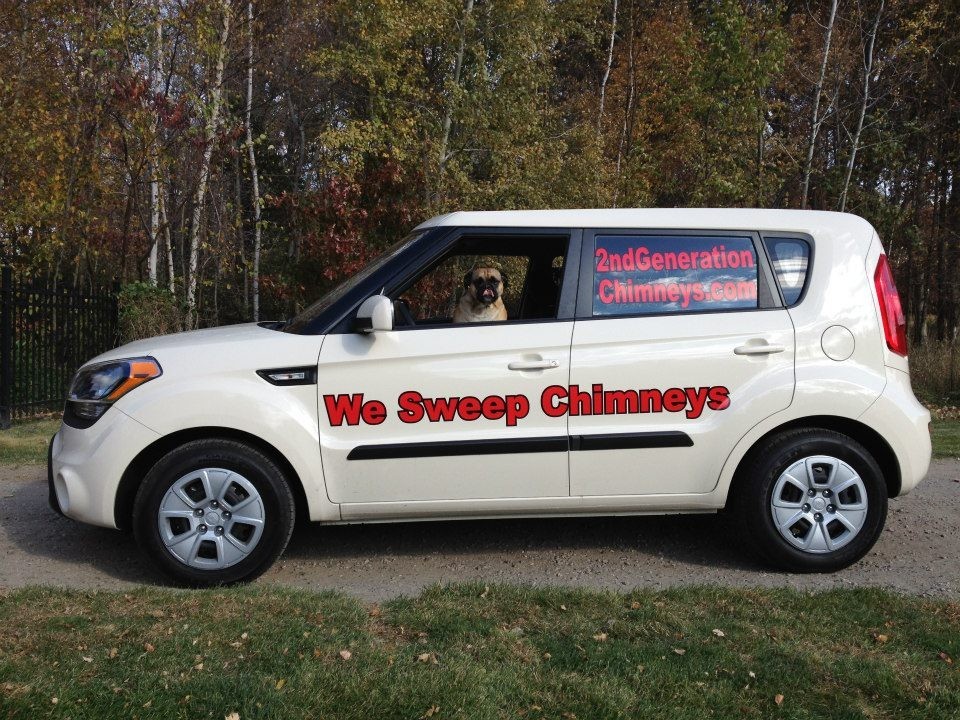Whether you own a traditional wood-burning fireplace, gas logs, wood stove, or pellet stove, all chimneys have the same basic components, more or less. If you want to know how the chimney works in your Minneapolis area home so that you can properly operate your heating system, it’s important to know the basic components. At 2nd Generation Chimney’s, Inc., we’ve put together a basic rundown of the chimney components for all types of fireplaces and heaters.
The Fireplace
There are two basic types of fireplaces: masonry and fireplace inserts with metal boxes inserted into an existing masonry fireplace and chimney. While a masonry fireplace is built of bricks, it also has a fire box where you build the actual fire. Gas logs are usually factory-built and come with a matching chimney.
The Chimney
The chimney consists of a liner to prevent fire damage and heat stress, a damper to close it off when not in use, and chimney cap on top. A chimney cap is designed to prevent moisture from getting inside the liner, which can cause corrosion if there’s too much creosote build-up. The cap extends across the crown—the masonry top to your brick chimney—to prevent water damage to the crown.
Chimney Screens
We also install chimney screens or combination screen and cap to prevent animals from nesting inside the chimney, which is common and dangerous for you and the animals. An animal nest prevents proper ventilation by obstructing airflow. Chimney screens also serve as spark arrestors. If you have small children, it’s a good idea to get a fireplace screen for wood-burning fireplaces to prevent your children from putting their hands too close to the fire. Chimney screens on the top of the cap prevent sparks from causing brush fires, especially when conditions are dry.
If you have questions or need to schedule a chimney inspection, call 2nd Generation for all your Minneapolis chimney needs.

